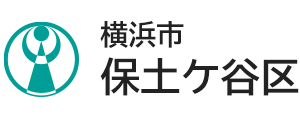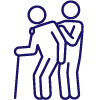- Yokohama-shi Top Page
- Hodogaya Ward Top Page
- Health, Medical and Welfare
- Health and Medical Care
- Health promotion
- Nutrition and dietary life
- The Japanese take too much salt!
Here's the text.
The Japanese take too much salt!
Last Updated November 7, 2022
- Japanese salt intake
- Foods that contain a lot of salt
- Points of Reduced Salt
- Let's know how much salt you are taking!
Japanese salt intake
It is said that Japanese salt intake has decreased compared to 10 years ago, but compared to the target amount, they still consume too much salt.
The blue color (1-4) in the graph is the target value in each guideline, etc., and the red color (5-6) is the salt content consumed by Japanese people. You can see that the Japanese intake is higher than all target doses.
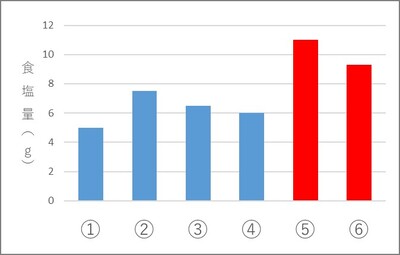
Target salt intake and daily intake
1.World Health Organization (WHO) World Standards (target amount) less than 5.0g / day ※WHO Guidelines
2.Japanese salt intake target (male) less than 7.5g/day ※Japanese dietary intake standards (2020 version)
3.Japanese salt intake target (female) less than 6.5g/day ※Japanese dietary intake standards (2020 version)
4.Japan's target for preventing hypertension of less than 6.0g/day ※Japan Society of Hypertension (Guidelines for the Treatment of Hypertension 2014)
5.Average Japanese salt intake (male) 11.0g/day ※2018 National Health and Nutrition Survey (over 20 years old)
6.Average Japanese salt intake (female) 9.3g/day ※2018 National Health and Nutrition Survey (over 20 years old)
If you have a habit of eating too much salt, it can cause high blood pressure, so it is important to keep a salt-reduced lifestyle that is used to "light taste" on a daily basis.
* The average salt intake target for Japanese people is less than 7.5g / day for men and less than 6.5g / day for women! ! (Japanese dietary intake standard 2020 version)
Foods that contain a lot of salt
So what kind of salt do Japanese people take?
70% of salt intake comes from seasoning!
According to the National Institute of Nutrition, about 70% of Japanese salt intake is consumed from seasonings.
First of all, it is important to be conscious of reducing the amount of dishes you use on a daily basis and seasonings as much as possible.
| 1 tbsp (5ml) | 1 tbsp (15ml) | |||
| Weight (g) | Salt equivalent (g) | Weight (g) | Salt equivalent (g) | |
| Salt | 5 | 5 | 15 | 15 |
Deep soy sauce | 6 | 0.9 | 18 | 2.6 |
| Light soy sauce | 6 | 1 | 18 | 2.9 |
| Pale spiciness | 6 | 0.7 | 18 | 2.2 |
Woster sauce | 6 | 0.5 | 18 | 1.5 |
| Tomato ketchup | 5 | 0.2 | 15 | 0.5 |
| Mayonnaise (all egg type) | 4 | 0.1 | 12 | 0.3 |
| Butter | 4 | 0.1 | 12 | 0.2 |
※ Please check the nutritional information label as it varies depending on the product.
If you add seasonings while tasting without deciding the amount, you will take too much salt.
First of all, weigh it once to understand how much you usually consume.
Other than seasoning, from such foods…
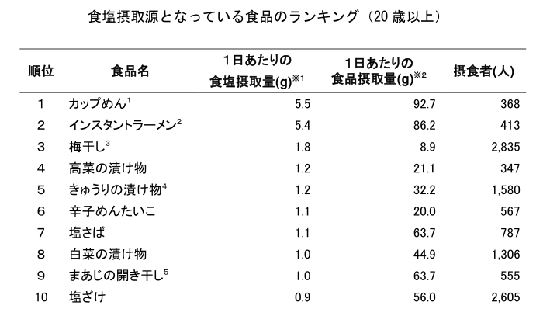
Except for salt intake from the seasoning mentioned earlier, limiting it to food resulted in this result. (From the National Institute of Nutrition)
The top ranks are instant meals such as cup noodles, pickles and salted products. When eating these foods that have a high salt intake, be careful of the amount and frequency of eating. Also, refrain from using seasonings, as eating pickles with soy sauce will further increase salt intake.
Example of salt content in food
| Food name | Amount (g) | Salt amount (g) |
|---|---|---|
| Dried plums | 10 (1) | 1.8 |
| Takuan pickles | 20 (2 cuts) | 0.7 |
| Bread | 60 (1 sheet of 6 sheets) | 0.7 |
| Ham (loin) | 15 (1 sheet) | 0.3 |
| Salt mackerel | 70 (1 cut) | 1.3 |
| Kamaboko | 40 (2 cuts) | 1.0 |
※Please check the nutritional information label as it varies depending on the product.
Points of Reduced Salt
Salt that is taken too much on a daily basis ... How should I reduce it?
I will explain the specific method.
I eat a lot of soup.
Standard soups and soups contain 1-2g of salt per cup. If you eat soup every meal, it accounts for the majority of your daily salt intake. If you make about one cup of soup a day, it will be effective in reducing salt.
Also, if you add a lot of ingredients in the same soup, the amount of juice will be reduced, so the taste will be reduced even if you do not change it. By using vegetables as ingredients, you can eat a lot of vegetables and it is two birds with one stone!
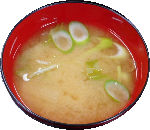 Miso soup vegetables with little ingredients 20g salt 1.8g
Miso soup vegetables with little ingredients 20g salt 1.8g
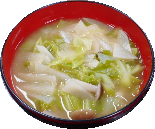 A lot of miso soup vegetables 100g salt 1.2g
A lot of miso soup vegetables 100g salt 1.2g
I don't drink all the noodles juice!
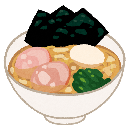
Noodle juice contains a lot of salt. It is said that drinking a cup of ramen to the soup contains about 7-8g salt content. Other noodles (udon, soba, etc.) also contain a lot of salt in the soup.
Just leaving all the juice can be reduced by about 4g!
The soup is a delicious dish, but be careful not to drink as much as possible for your health.
Seasoning is a satisfactory taste by using sourness, spices (such as pepper and pepper) and condiments.
If you reduce the amount of seasonings you use to reduce salt, you may feel that the taste is thin and unsatisfactory. In such a case, make good use of acidity, spices, and condiments. Even if the salt is low, it will be a delicious dish with a tight taste!
Example
- Sourish citrus fruits such as lemon and sudachi
- Spice Spices such as pepper, pepper, curry powder, etc.
- Others Condiments such as large leaves, myoga, and green onions
Seasonings and eat
Is there anything you wear seasonings such as soy sauce or sauce before eating in your daily eating habits?
You may consume a lot of salt without noticing that you are seasoning without deciding the amount.
1 First of all, let's eat before seasoning!
There are many things that are always seasoned in a habit, but they have a good taste even if they are unexpectedly as they are.
2 If that's not enough, eat it!
Rather than directly pouring seasonings on ingredients, the seasoning used is often reduced by putting seasonings on a separate dish and eating them.
In addition, you can see the amount of seasonings you ate at a glance, so be sure to practice it.
First of all, let's know how much salt is taken.
Let's check the nutrition label!
Most commonly sold processed foods have nutritional labels.
Also, recently, some nutrition ingredients are labeled on the menu of eating out, so please check it out!
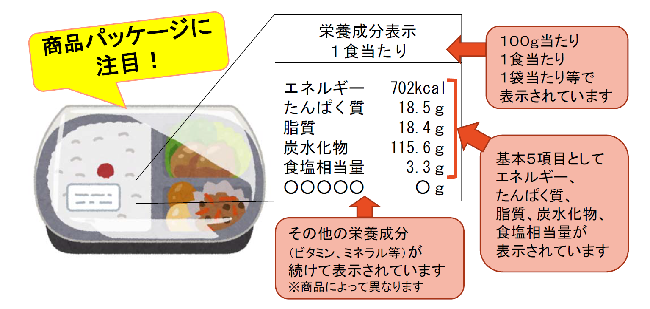
View of Display
In the nutrition labeling, the units displayed vary depending on the product.
- Example: per 100g, per bag, per piece, etc.
You need to check the displayed unit, the content and the actual amount you eat, and calculate again!
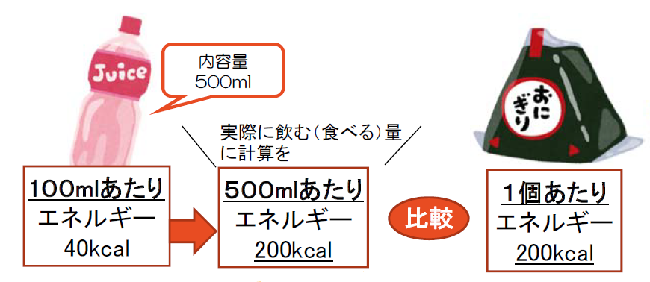
Inquiries to this page
Hodogaya Ward Health and Welfare Division Health Promotion Section
Telephone: 045‐334‐6344
Telephone: 045‐334‐6344
Fax: 045‐333-6309
Email address: ho-kenkou@city.yokohama.jp
Page ID: 306-040-944
